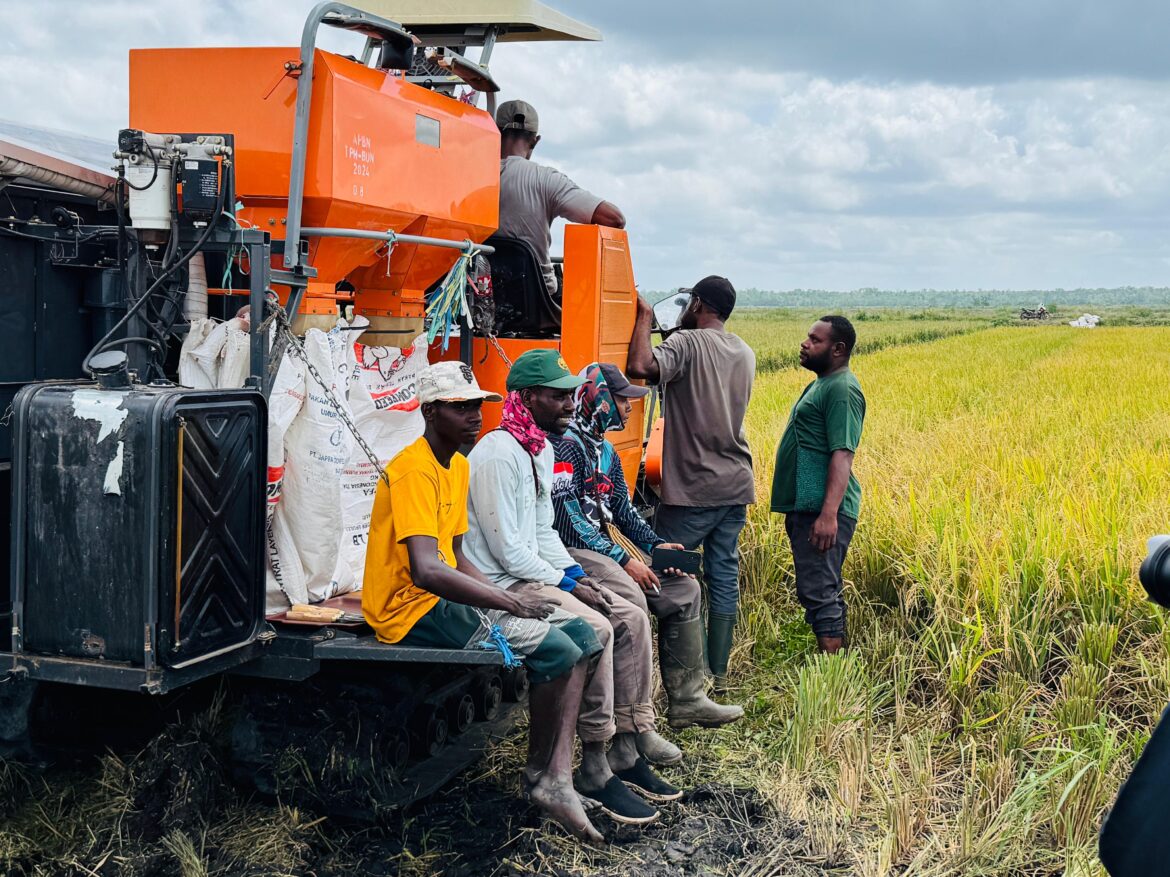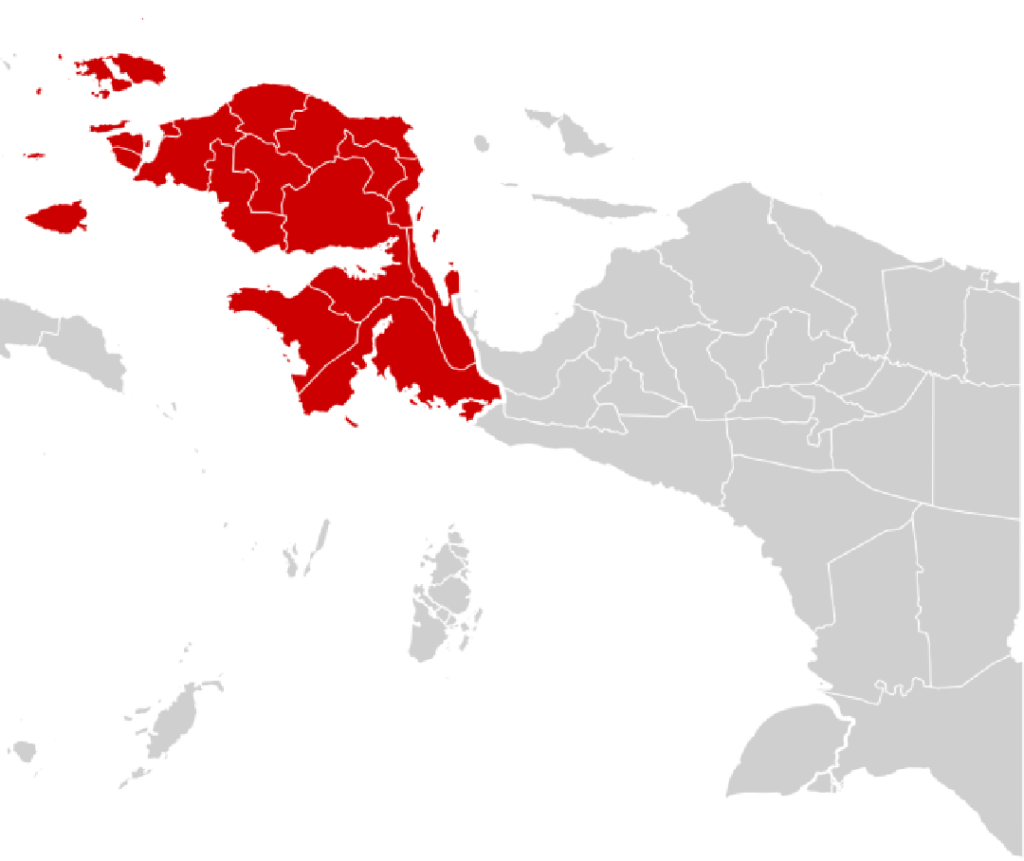In a nation as vast and diverse as Indonesia, food security is more than an economic issue—it is a matter of national resilience, dignity, and unity. This year, the government has announced a record-breaking Rp164.4 trillion allocation for food security in the 2026 State Budget (RAPBN 2026). While the numbers are striking, the story behind them is even more compelling. This allocation is not just about rice fields, fertilizer, and warehouses—it is about building sovereignty, protecting vulnerable regions, and ensuring that every Indonesian, from Aceh to Papua, has access to affordable food.
One of the most significant aspects of this policy is the government’s decision to grant full subsidies for Papua and the Papua Highlands. In regions where logistics, geography, and infrastructure have long made food distribution a challenge, this policy represents both a lifeline and a statement of equality.
The Vision: Food Security as National Resilience
President Prabowo Subianto has repeatedly emphasized that food sovereignty—or swasembada pangan—is inseparable from national sovereignty. In his presentation of the 2026 APBN, he argued that Indonesia must be able to feed itself if it wants to stand tall among nations. Dependence on food imports leaves the country vulnerable not only to global price fluctuations but also to political and climate disruptions.
The 2026 food security budget reflects this philosophy. At Rp164.4 trillion, it is one of the largest allocations in recent history. The plan includes:
- Rp53.3 trillion for strengthening national food reserves and maintaining government rice stocks.
- Rp46.9 trillion for fertilizer subsidies, covering nearly 9.62 million tons of fertilizers for farmers nationwide.
- Rp22.7 trillion for the state logistics agency Bulog, tasked with maintaining buffer stocks and stabilizing prices.
- Rp19.7 trillion for creating new farmland, irrigation networks, and intensification programs.
Additional investments for agricultural machinery, village-level resilience programs, and fisheries development in coastal regions.
This isn’t just about pouring money into agriculture. It is about reengineering the system—from seeds and soil to storage and supply chains—so that Indonesia’s food system is future-proof.
SPHP: From Emergency Tool to Permanent Pillar
Central to this transformation is the Food Supply and Price Stabilization Program (Program Stabilisasi Pasokan dan Harga Pangan, or SPHP). Initially launched as an emergency response to price volatility, SPHP is now being institutionalized as a permanent safeguard.
Kepala Badan Pangan Nasional (Bappenas) Arief Prasetyo Adi explained that the 2026 allocation ensures SPHP will always have resources ready, without waiting for budget revisions. This means that whenever food prices spike or stocks run low, the government can immediately intervene.
For ordinary Indonesians, especially those living in price-sensitive regions, this translates into stability. For farmers, it means that production is less likely to collapse under sudden market shocks. For Papua, it means the state is finally building mechanisms that acknowledge the region’s unique vulnerabilities.
Papua at the Center: A Policy of Full Subsidy
Among all provinces, Papua and Papua Highlands received the most striking announcement: a promise of full subsidy for basic food supplies. This is more than just economic support—it is recognition of historical inequality.
Papua’s challenges are unique. Its mountainous terrain, limited road networks, and reliance on air transport for many areas have long made food prices significantly higher than in Java or Sumatra. A bag of rice that sells for Rp12,000 per kilogram in Jakarta can cost double or even triple in the Papua Highlands. These disparities have fuelled not only hardship but also social frustration.
By fully subsidizing food for Papua, the government is effectively leveling the playing field. It ensures that Papuans are no longer penalized for geography. More importantly, it signals that the state sees Papuan welfare as integral to the national fabric.
Merauke: Turning Fields into Breadbaskets
One of the most ambitious aspects of the 2026 plan is the acceleration of paddy field development in Merauke, Papua Selatan. Often dubbed Indonesia’s “rice frontier,” Merauke has vast swathes of fertile land.
The government has already targeted 41,291 hectares for new rice paddies under the Cetak Sawah Rakyat program, with academic backing from the University of Musamus. Initial surveys and land design are underway for 21,291 hectares, marking the beginning of what could be a game-changer for the national rice supply.
During a joint visit earlier this year, Agriculture Minister Andi Amran Sulaiman and Finance Minister Sri Mulyani observed firsthand how land optimization efforts were improving yields. In some areas, rice production jumped to 6–7 tons per hectare with multiple planting cycles—far above previous averages.
These gains are not just technical; they are social. Young Papuan farmers, many of whom once saw agriculture as an unprofitable livelihood, are now earning up to Rp20 million per month through government-backed programs. Farming is becoming dignified work, a source of pride and stability.
Beyond Fields: Storage, Logistics, and Security
Food security is not only about producing crops—it is about preserving and distributing them. Recognizing this, the government and security forces have moved to bolster storage capacity in Papua.
In Merauke, Polda Papua recently launched the construction of a 1,000-ton food security warehouse, designed to stabilize supplies and prevent shortages during emergencies. This facility is the first of its kind in the region, symbolizing a proactive shift from reactive crisis management to forward planning.
Meanwhile, the Papua provincial government has prepared 19 tons of rice under the Government Rice Reserves (Cadangan Beras Pemerintah, or CBP) to support communities classified as food-insecure. These targeted interventions show that food policy is being localized and adapted to the specific needs of different districts.
Human Stories: What This Means for Papuans
Behind the grand policies and figures are the everyday stories of Papuan families. In Wamena, mothers no longer have to spend a third of their income just to buy rice. In remote villages in Yahukimo, subsidized CBP distributions mean children can have regular meals even when harvests fail.
For young farmers in Merauke, modern agricultural tools have transformed backbreaking labor into efficient enterprise. For indigenous traders in Jayapura’s markets, stable prices mean they can plan their livelihoods without fear of sudden inflation.
These human stories illustrate why food security is not an abstract goal—it is daily survival, dignity, and opportunity.
The Broader National Picture
While Papua garners headlines, the broader national picture is equally vital. Fertilizer subsidies ensure farmers across the archipelago—from Java’s rice paddies to Sulawesi’s cornfields—can continue to produce at scale. Bulog’s strengthened mandate means rice prices will remain stable even in times of global volatility.
By investing in irrigation, machinery, and new farmland, the government is modernizing agriculture—a sector that employs over 29% of Indonesia’s workforce. These investments create ripple effects: higher productivity, increased rural incomes, and reduced reliance on imports.
Critics and Challenges
Of course, such an ambitious plan is not without challenges. Critics warn about the risks of mismanagement, corruption, and land conflicts, particularly in Papua. Some economists caution that subsidies, if not paired with structural reforms, can become fiscal burdens rather than productivity boosters.
Others highlight the environmental stakes: clearing land for new rice paddies must be balanced with conservation, especially in biodiversity-rich Papua. The government insists that academic oversight and environmental safeguards will guide the projects, but vigilance will be key.
Conclusion
The Rp164.4 trillion food security budget of 2026 is more than an economic decision—it is a compass guiding Indonesia toward sovereignty, stability, and equity. For Papua, full subsidies and targeted investments signal a new chapter where geography no longer condemns communities to food insecurity.
As Merauke’s fields expand, warehouses rise, and subsidies flow, the dream of swasembada pangan inches closer to reality. It is a vision where the nation can feed itself, where no region is left behind, and where the dignity of farmers and families is restored.
In this story, numbers become nourishment, and policies become hope.


